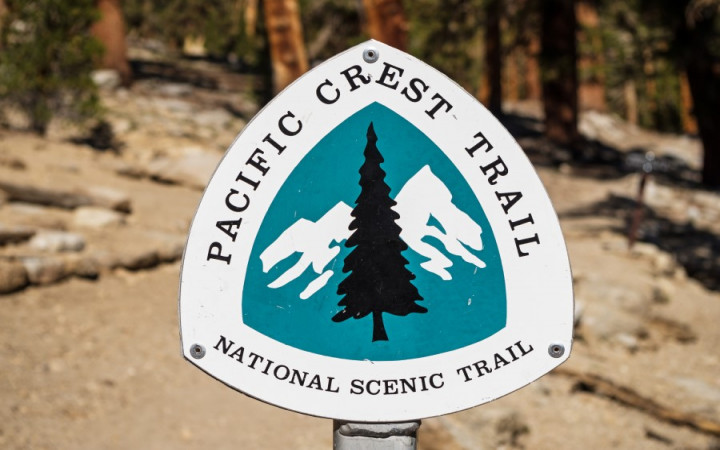Today’s Wonder of the Day was inspired by Wonder Team. Wonder Team Wonders, “Is there a trail to hike from Mexico to Canada?” Thanks for WONDERing with us, Wonder Team!
Do you like to walk for exercise? We all know how important it is to keep our bodies healthy. Some people like to run or play sports. Others prefer walking or hiking. Walking even a mile or so every day can keep your muscles in shape and your heart healthy.
For some avid hikers, however, walking just a mile isn’t enough. They prefer to walk for days or even months through forests and along mountain peaks. Would you believe that some hikers even hike from Mexico to Canada?
You could technically use many different routes to walk from Mexico to Canada. But those seeking the adventure of a lifetime have a preferred route. They aim to hike the entire Pacific Crest Trail. Known to hikers as the PCT, this trail starts at the Mexico-United States border. It weaves through the states of California, Oregon, and Washington. It stretches all the way to the United States-Canada border.
How long is the PCT? It’s 2,663 miles! It follows the Sierra Nevada and Cascade mountain ranges through some of the most beautiful wilderness in the country. Hikers who backpack the entire PCT pass through seven national parks and 25 national forests.
The idea for the PCT came from Clinton Churchill Clarke in 1932. It did not achieve official status until 1968, however. That year, it became a National Scenic Trail under the National Trails System Act. The PCT was not officially completed until 1993.
Thousands of people enjoy sections of the PCT every year. A few hundred brave souls attempt to hike the entire length of the trail. These people are known as thru-hikers. They must plan their trips for months. It takes most 4-6 months to complete the trail.
Most thru-hikers begin at the southern end of the PCT in April. From there, they hike north, finishing at the Canadian border sometime in September. In addition to being dedicated, thru-hikers must also be in good physical shape. This helps them tackle the PCT’s rough terrain. From sea-level forested areas to mountain peaks above 13,000 feet, the PCT offers challenges few other trails can match.
PCT hikers must be ready to face scorching heat in the desert areas of the south. They also face extreme cold in the mountainous areas of the north. They carry everything they need in large backpacks. These add to both heat exhaustion and hypothermia.
There are also all the usual difficulties of hiking long distances. This includes injuries, illnesses, and fatigue. They may also encounter dangerous animals like bears and snakes. You can see what an accomplishment it is to complete a thru-hike of the PCT.
Of course, some successful thru-hikers don’t stop there. The PCT is just one of the three trails that make up the Triple Crown of long-distance hiking in the U.S. After hiking the PCT, Appalachian Trail, and Continental Divide Trail, hikers become Triple Crowners!
Would you like to hike the PCT? Will you go on to become a Triple Crowner? Long hiking trips like these require a great deal of practice and preparation. If you want to be a thru-hiker in the future, start with shorter hikes today.
Standards: CCRA.L.3, CCRA.L.6, CCRA.R.1, CCRA.R.2, CCRA.R.4, CCRA.R.10, CCRA.SL.1, CCRA.SL.2, C3.D2.Geo.2




